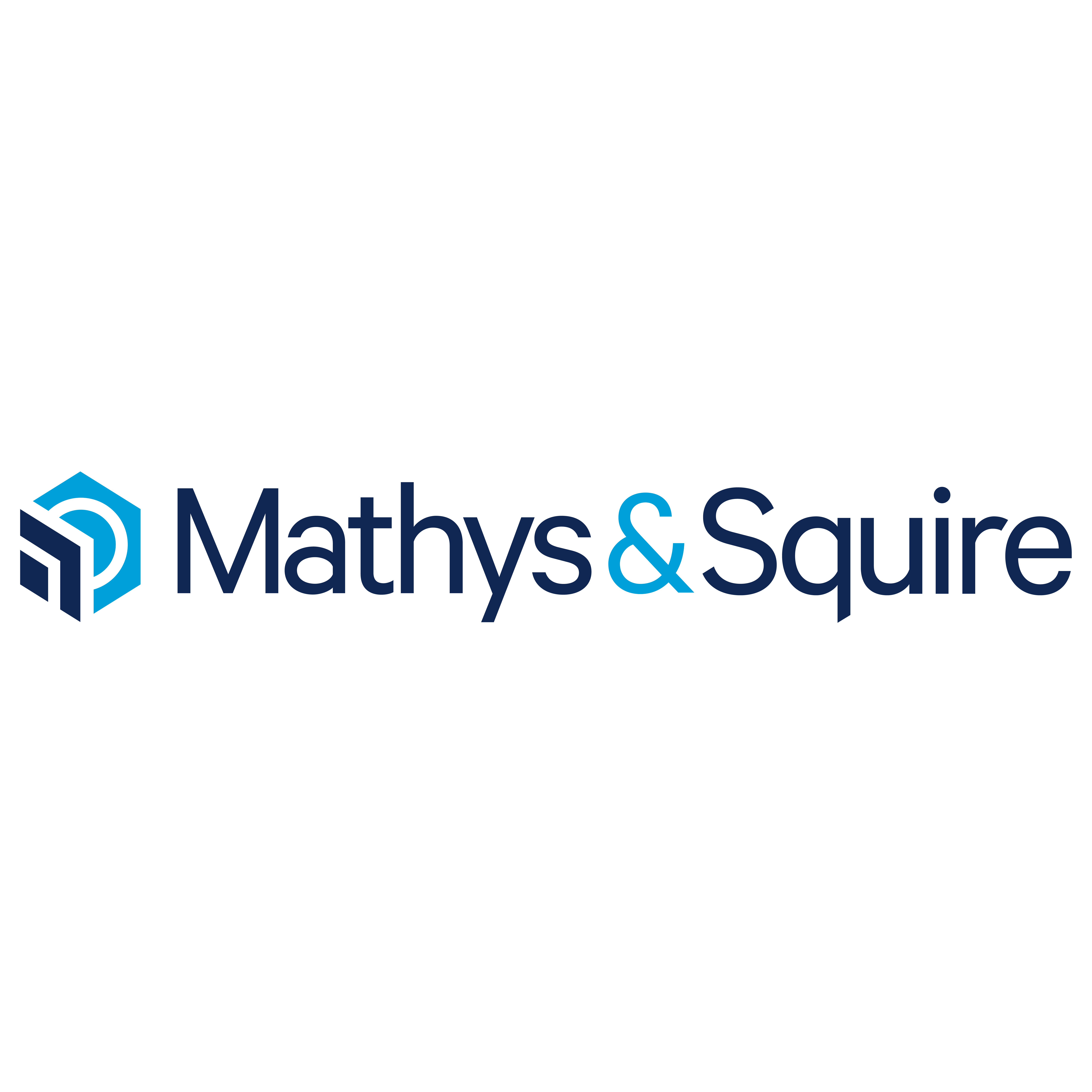
Top tips to help entrepreneurs get on the right track to success
Starting a business can seem like a daunting prospect, given that if you Google 'startups and fail', there are lots of articles on the percentage of startups that fail before they get going, which could put you off even getting started. However, by being well prepared and informed before you start the process, you may be able to avoid some of the common pitfalls and become one of the 2/10 startups that succeed.
Here are some top tips to get you on the right track.
1) Know your customer
Kevin Smith of SA One Healthtech Limited is the founder of six technology businesses since 2000, and specialises in generating seed and early stage investments for startups and young, growing ventures. He said, “Before you do anything, know your customer. Know who your customers are, where they are, how many (potentially) there are, what they want, and how much they will be prepared to pay for it. Know the competitive landscape and understand the advantages of your product or service. Knowing your customer will allow you to best define how to present these advantages.”
Whether you have had an idea for an online service or you have devised an invention, a top tip is to start with rigorous market research to ensure that you know the answers to these questions, and have evidence to back it up - potential investors will want to see this, so do it well. It will, of course, also tell you whether or not it is worth pursuing the venture.
2) Sufficient funds
Developing a successful business invariably costs more than you think it will. When you are generating your business plan, ensure you build in reserves to allow for unexpected expenses, particularly in the development phases. When asking for investment, it is much easier to ensure from the start that you have sufficient funds to complete each stage, than to go back to investors and ask for more. In the worst case, if no additional funds can be obtained, the venture could fail, even before it gets properly off the ground.
Furthermore, and as Kevin Smith points out, “Speed to market is essential, so be sure the funding allows you to deliver your product as early as possible and investors add value to your development and market access where possible.”
3) Stagger IP protection costs where possible
It is, of course, important to protect your idea (or your IP) to the greatest extent possible, but not all IP protection necessarily needs to be put in place at the very start of the project. If you have devised a product that has some novel technical feature, then a patent application is probably the principal means of protecting it. If you have devised something that is not technically new but is novel in its appearance (i.e. design), then design registration is probably the more appropriate form of protection for it.
Patent and design applications should usually be filed before there is any non-confidential disclosure of the product, but that does not mean that you cannot disclose the invention to a selected and containable few individuals or companies using a Confidentiality Agreement or Non-Disclosure Agreement (NDA), and some useful information, including templates that can be used, is provided on the UK Intellectual Property Office (UKIPO) website here.
For patent applications, you can file in your home country first and you then have 12 months within which to file corresponding overseas applications. For designs, a similar protocol exists, but the timeframe is six, instead of twelve, months. However, it is important not to file applications too soon in the development phase. Six and twelve months will fly by, and you may have to make expensive decisions about overseas protection before you have finished development and/or have sufficient funds to adopt an ideal protection strategy. Also, a lot can change during that time, so you will need to make sure your application is 'topped up' with any additional features or changes before any overseas applications are filed.
Trade marks, whilst often an exceptionally important part of complete ‘concept to market’ process, are slightly different to patents and designs in that you do not have to register your trade mark(s) before they are used or otherwise publicly disclosed. So, whilst it may be important not to wait too long before considering trade mark registration (to minimise the chance of someone else registering something similar in the meantime), this expense can often wait until you are little further into the process, and a trade mark attorney will be able to help you decide how and when to file trade mark applications in your home and overseas markets.
4) Find the right manufacturer
It is essential to have the right expertise and guidance in your corner when it comes to getting your product manufactured, and to the right specification and quality. Depending on the type of product, it might seem like a good idea to get it manufactured overseas, but don’t forget that duty rates, shipping costs, cultural differences and communication can all become issues to be considered. It is worth visiting the manufacturer, if you can, and forming a business relationship with their key personnel. Another top tip, particularly when manufacturing in South East Asia, is to use a local agent (who will be familiar with the region, the language and any cultural aspects) to identify a few suitable manufacturers for you.
5) Don’t commit to branding without checking if you are free to use your trade mark
Even if you don’t plan to register your trade mark until you get to the final stage and you are ready to sell your product, it can be a very costly mistake to commit to your branded packaging without checking to see if you will infringe someone else’s trade mark in any of your markets. An IP attorney can help you perform a so-called Freedom to Operate (FTO) search and provide the advice you need. Whilst this will incur some charges, they would be nothing like the expense of having to re-brand and re-package everything later if you find you are infringing someone else’s rights.
6) Protect your brand
Finally, do make sure your brand and ‘get up’ is properly protected against copying. Things like names and logos can, and should be protected by way of trade mark registration, but there may be other protectable elements of your brand identity that are also protectable, and an IP attorney will be able to advise. Do ensure that the relevant parts of your brand identity are protected in all of your target markets, although a staggered approach to this can be made if cash flow is an issue early on, and before sales have started to be generated.


